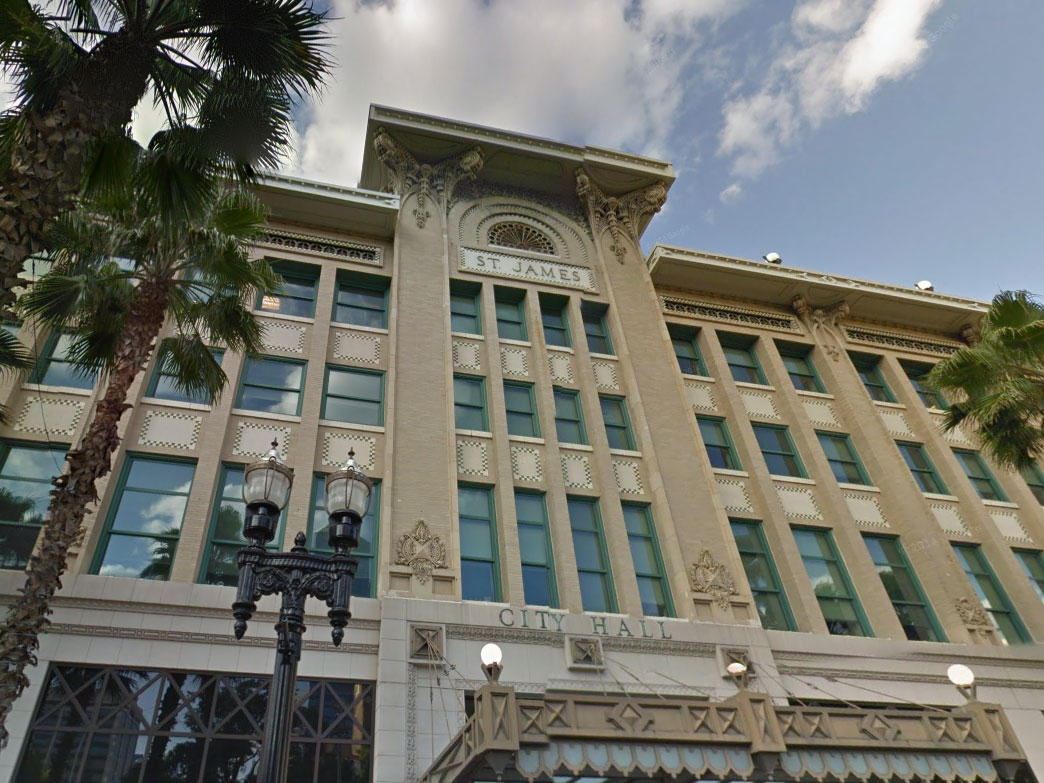
On Friday, Jacksonville City Council members Scott Wilson, John Crescimbeni, and Greg Anderson discussed commercial corridors — a recurring conversation in recent months.
As ever, blight remediation was the focal point … specifically relative to older, dilapidated properties.
Councilors had discussed making zoning less “intense” previously, with an eye toward removing some of the zoning most conducive to blight, such as used car lots.
A state process, via the Bert Harris Act, allows for local governments to offer a settlement to property owners to resolve the impact of zoning that destroys a neighborhood’s residential character.
A mechanism discussed to reduce damage claims: setting a five-year buffer between the zoning change and implementation.
As is often the case with such buffers, the possibility of legal injunctions filed just before the five-year mark was discussed.
Amortization was also discussed regarding a permitted use, but city lawyers said that wouldn’t eliminate potential lawsuits.
Crescimbeni also floated the idea of changing permissions via zoning, such as barring used car lots in CCG-1.
“Let’s look at that list [of permissions in the zoning area], and cross some things out,” Crescimbeni suggested.
The legal consensus: striking zoning permissions, coupled with a grace period, may help limit the city’s exposure. Likewise, zoning exceptions are lower risk for legal action.
Another solution discussed: landscaping, via the tree mitigation fund.
A problem on Beach Boulevard that precludes such: a lack of space for trees and greenery.
A recurrent complaint of Jacksonville councilors interested in these issues: the unintentional blight created by CCG-2 zoning — which, years back, was intended to drive neighborhood vitality on Beach Boulevard and other similar older thoroughfares.
Those complaints resurfaced yet again on Friday, an indication of the intractability of the larger issue.



